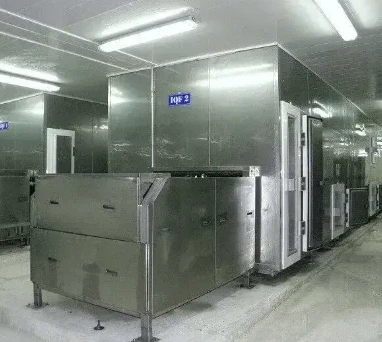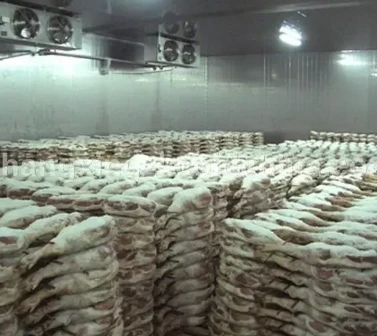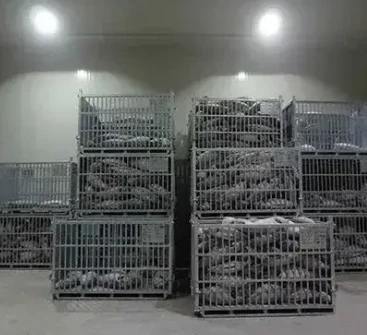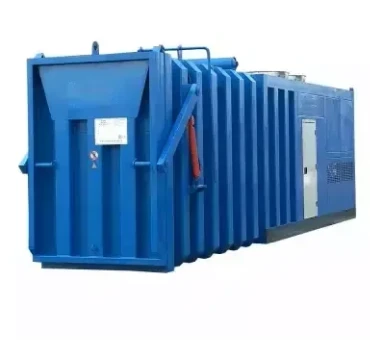Cold Room House
Cold room houses, also known as cold storage houses or refrigerated warehouses, play a vital role in preserving perishable goods such as fruits, vegetables, dairy products, and pharmaceuticals. These facilities are equipped with specialized refrigeration systems designed to maintain low temperatures, thereby extending the shelf life of stored items. In this comprehensive guide, we will delve into the various aspects of cold room houses, including their design, function, benefits, and applications.
Design and Construction:
Cold room houses are constructed using insulated panels made of materials such as expanded polystyrene (EPS), polyurethane (PU), or extruded polystyrene (XPS). These panels are assembled to form walls, floors, and ceilings, creating a sealed environment that minimizes heat transfer. The insulation prevents external temperatures from affecting the interior, ensuring consistent cooling levels.
The refrigeration system is the heart of a cold room house, comprising compressors, evaporators, condensers, and control units. Compressors circulate refrigerant gases, which absorb heat from the storage area and release it outside. Evaporators facilitate heat exchange, while condensers dissipate heat generated during the refrigeration process. Advanced control systems regulate temperature and humidity levels, optimizing storage conditions for different types of products.
Functionality:
Cold room houses operate on the principle of controlled temperature and humidity, preserving perishable goods for extended periods. By maintaining temperatures typically ranging from -20°C to 10°C (-4°F to 50°F), they inhibit bacterial growth and enzymatic activity, delaying spoilage and maintaining product quality. Adjustable humidity levels prevent dehydration or moisture buildup, further enhancing preservation.
Benefits:
The utilization of cold room houses offers numerous benefits to industries involved in food, pharmaceuticals, and logistics:
Extended Shelf Life: By providing optimal storage conditions, cold room houses prolong the shelf life of perishable goods, reducing waste and enhancing profitability.
2. Improved Product Quality: Controlled temperatures preserve the texture, flavor, and nutritional value of stored items, ensuring superior quality upon distribution.
3. Enhanced Inventory Management: Cold room houses enable businesses to stockpile inventory in bulk, facilitating efficient supply chain management and timely delivery.
4. Cost Savings: Reduced spoilage rates and improved inventory turnover result in cost savings for businesses, maximizing operational efficiency and profitability.
5. Regulatory Compliance: Compliance with stringent food safety regulations is facilitated by the precise temperature control and monitoring capabilities of cold room houses.
Applications:
Cold room houses find extensive applications across various industries:
1. Food Industry: Cold storage facilities are essential for storing fresh produce, meat, seafood, and dairy products, ensuring year-round availability and preventing shortages.
2. Pharmaceutical Industry: Temperature-sensitive medications and vaccines require strict temperature control to maintain efficacy, making cold room houses indispensable for pharmaceutical storage.
3. Retail Sector: Supermarkets and grocery chains utilize cold room houses to store perishable goods before they are displayed for sale, guaranteeing freshness and quality to customers.
4. Logistics and Distribution: Cold storage warehouses serve as pivotal hubs in the distribution network, enabling the efficient transportation of temperature-sensitive goods to regional markets.
5. Agriculture: Cold room houses facilitate the preservation of harvested crops, enabling farmers to store surplus produce and capitalize on market demand fluctuations.
In summary, cold room houses are indispensable assets for industries reliant on the preservation of perishable goods. Their advanced refrigeration technology, coupled with precise temperature and humidity control, ensures optimal storage conditions and extends the shelf life of stored items. By minimizing waste, enhancing product quality, and facilitating efficient inventory management, cold room houses play a pivotal role in sustaining supply chains and meeting consumer demand.






